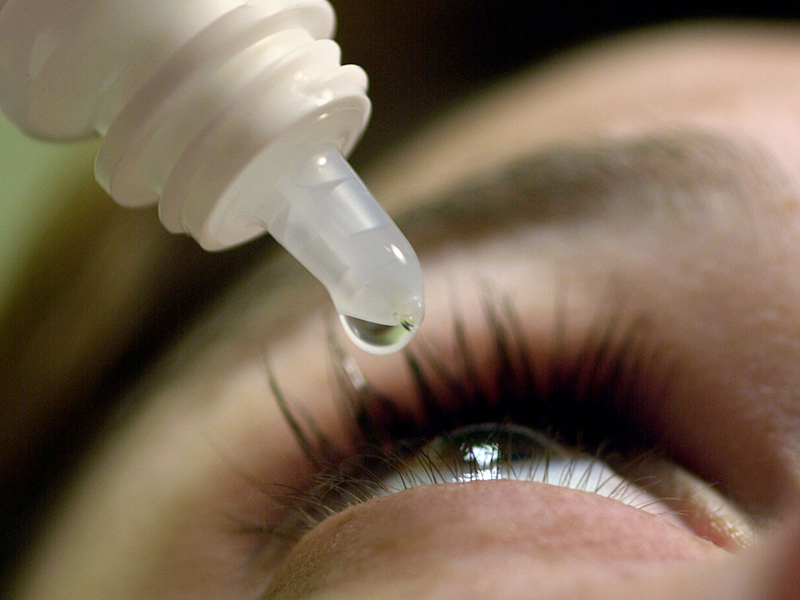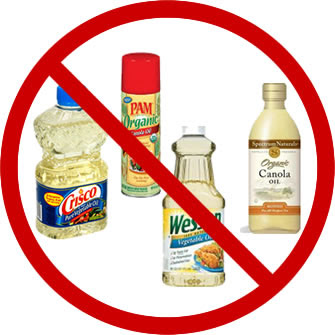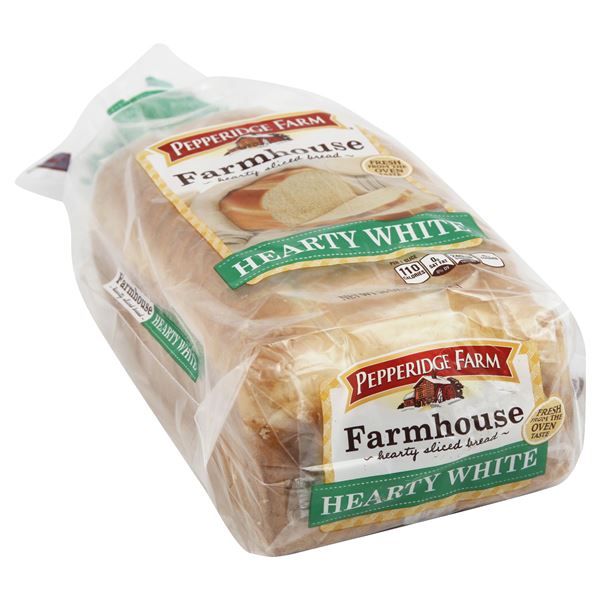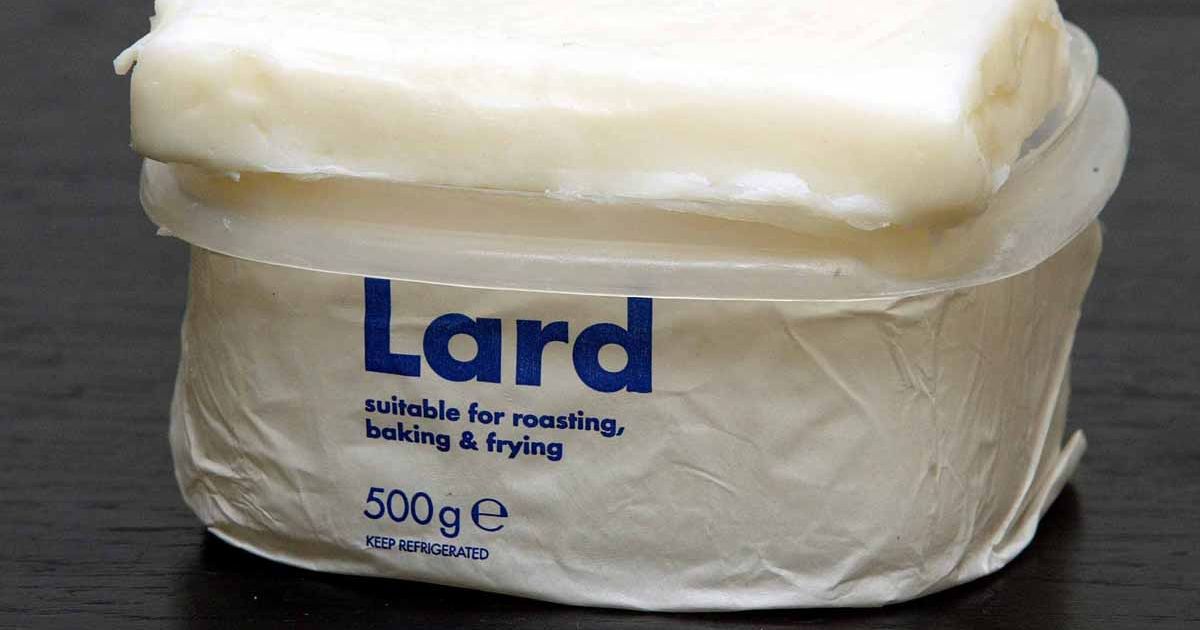If you have aging people in your life, at least one has probably had cataract surgery. I think I might even know a few people who’ve had this often life-altering procedure who don’t fall into the “aging” category. In either case, you may have heard about the procedure, and the preparation and follow up care that is required. For people without cognitive impairment (or unsteady hands, or eye/ eyedrop phobias), I’m certain the whole thing barely rises above a minor inconvenience, especially considering the abundant payoff.
With mom’s particular brand of dementia, no appointment or procedure can be taken lightly. Leading up to even routine doctors’ appointments, she scrutinizes the weather forecast for a week in advance; lays out her clothes the night before; and asks me at least twice in the two days ahead of time what time we’re going to leave. When you’re talking surgery, especially not long after having had an unscheduled pacemaker implantation, the unknowns gather themselves into a category 5 hurricane of anxiety. The eyedrops; the preparation for the surgery and the surgery itself; the immediate post-surgical follow up; the eyedrops; the ongoing follow up appointments; the eyedrops. . . none of it can really just happen “in the flow.”
The surgeries were going to take place a month apart: left eye at the end of February; right eye at the end of March. They would be performed at an eye surgery center about 15 miles away, where our ophthalmology group, and apparently several others, perform various procedures all day, every week day. (At the second visit, my curiosity piqued by the volume of patients who moved through the waiting room in the time between our arrival and post-operative departure, I asked how many surgeries they perform in a typical day there. I was astounded to learn that it was between 40 and 60).
Before the first surgery we needed a pre-operative physical, which had to be completed within a week of the first surgical date. Mom kept getting confused about the timing of that appointment and worrying that we hadn’t scheduled it at the right time. Once it was clear the timing was OK, the worry shifted to whether there would be something wrong that would prevent her from having the surgery, or if her pacemaker would present an obstacle. Could they do cataract surgery so soon after she’d had a pacemaker? (It would be 7 weeks post-pacemaker by the time her first eye was on the docket). I assured her that doctors perform cataract surgery on people with pacemakers all the time. I’m not entirely sure her anxiety allowed her the luxury of believing me.
So yes, complicating this was also the fact that we were still in the wake of post-pacemaker implant follow up appointments, and while I was keeping it all organized, it was thoroughly overwhelming her. It didn’t help that the hospital’s cardiology group, not realizing mom now had her own cardiologist, had scheduled a series of follow ups before mom was even discharged from the hospital that were then also scheduled separately by her cardiologist. It took me a couple of rounds of appointment change and reminder calls from the hospital’s group to figure out that these were duplicate activities and that I could cancel the ones with the hospital’s group, but with the calls coming in to my parents’ phone rather than mine, poor mom was completely confused. I think I’ve now informed all her doctors that appointment reminder calls should come to me. If you are in the world of caregiving for someone with dementia and haven’t yet managed to get yourself on the HIPAA privacy releases at their doctors’ offices and those reminder calls switched over to you, my advice is to try to get that in place sooner than later. It’s a sanity-saver. For everyone.
A week prior to the first surgery, mom was supposed to stop taking one of her over-the-counter supplements because of a potential complication that could arise with it. The surgical center had apparently informed her of this when they called her to tell her what time to plan to arrive on the day of the surgery, but somehow that directive escaped her. I discovered it when I saw that she’d written some notes down about an arrival time and the address of the center on a random slip of paper, so called them myself to confirm what she’d written. They mentioned the over-the-counter medication to me. It was now 5 days pre-op, and I asked if that would pose a problem. They said it wouldn’t.
She was supposed to fast from midnight the night before each procedure. She had written it in her calendar, and I reminded her when I left after administering her last round of eyedrops the previous evening. For good measure, though, I arrived early enough on the day of each surgery to intervene as she woke up, just in case.
As for those confounded eyedrops, most unimpaired people likely don’t give them a second thought. If we lived under the same roof, I might not have either, but I don’t. Even though I’m only 3 minutes away, the “Eyedrop Episodes” were folded into the overall outline of my days. For each eye, we began a regimen 3 days in advance of the surgery: 3 different drops, at least 5 minutes apart, 3 times a day. Each morning I’d motor down the hill, typically sometime between 9 – 10 a.m., to administer the first dose. Then, between 1:00 and 2:00 came the second dose, with the third usually falling between 5:30 and 7:00. We were supposed to administer at least the morning drops the day of the surgery; because the first surgery wasn’t scheduled until mid-afternoon, I did two rounds. I figured more would follow after the surgery.
The pre-op instructions from the doctor suggested that the patient have someone stay with them the night of the surgery in case of any complications, so that morning I packed my things. I included my muck boots, because light snow was forecasted for that afternoon and overnight, another factor stressing mom out, and, if I’m being totally honest, me too – even light snow falling at the wrong time of the day could sometimes spell a 2 hour odyssey for what should normally take 35 minutes or less, and we’d be getting out of there right in the thick of rush hour. I didn’t really relish the thought of being stuck in traffic in the snow on the way home from surgery, so with an abundance of caution, I left all my overnight stuff in the back of my car. Worst case we’d stop at a hotel. Gratefully, the weather gods smiled and the snow had no impact.
The next morning she was supposed to remove her eye patch & dressings, and I was to give her another set of eyedrops before we went to the doctor for the post-op follow up visit. She wasn’t allowed to bend over (i.e. let her head drop below the level of her waist) for at least a week, which might alter some aspects of how she helped my dad when their caregiver Hannah wasn’t around (helping him with his socks and shoes, or the assists I knew she sometimes provided when he was changing a Depends). All of this made the next morning somewhat eventful for me as I tended to both of them before Hannah arrived. We saw the doctor and all appeared well; he instructed us to continue with the 3 drops a day regimen until the next appointment, a week away. On the way home I asked mom if she wanted to go out for breakfast – an unexpected treat.
Back at home that day with Hannah, the two of them came up with some revisions in how she helped dad with his footwear (and Depends) so they could manage safely on their own: mom would sit on the fold-down seat of dad’s walker and he’d lift a foot (or both feet, one at a time, in the case of a Depends) high enough for her to grab it and guide it to the edge of the seat where, from her sitting position, she could help him with socks, slippers and shoes. With the Depends, as long as she could help him get them to knee level, he could deal with the rest on his own.
At the follow up appointment a week later, I expected to be done with the drops until the next surgery, but alas, that was not in the cards. The nurse said it casually, at the very end of the appointment, after the doctor had left the room: “So you’re going to continue the drops,” thinking she was confirming something the doctor had said, but he hadn’t. The exasperation lurched out of me before I had the wherewithal to stop it: “Really?? All of them?!? 3 times a day?!?” I felt the same burning frustration I did when I used to do the Jane Fonda workout back in the late 80s and she’d pretend the excruciating set of donkey kicks was ending as my glutes were bursting into flames: “5 more! 4! 3! 2! 1! Annnd another 5!” One of the drops was eliminated, and the frequency dropped to 2 times per day, but the Eyedrop Episodes were to be a part of my life for at least another 4+ weeks – after the second surgery.
The twice-a-day routine settled itself into my life. Once or twice I had James, my 22-year-old, pinch hit. This worked once and failed once, when we’d pre-planned that he’d head over between 6 and 7 p.m. because I would be out at a dinner engagement. I arrived home at 8:30 to discover that he had completely forgotten (calendar reminders, anyone??). I yelled at him for lapsing in the one responsibility I’d asked of him that day and Tim threatened that he’d better get down there and do it. Because I hadn’t even left the threshold yet, as he emerged from his room to head down the stairs, I snarled passive-aggressively that I’d just do it myself. This was getting to me, but this was my reality, so I vowed on my drive down the hill to just suck it up and deal with it. With a smile. I needed to remind myself of the advice I gave out all the time: the secret is all in the attitude. The more I fought it, the crankier it made me. Yes, there was still another eye to go. So be it.







